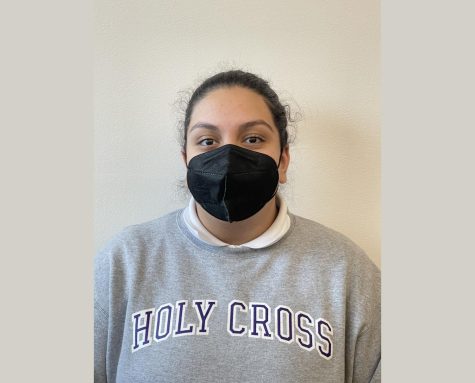What we can learn from Oxford, Michigan
On November 30, 2021, 15-year-old Ethan Crumbley opened fire on Oxford High School in Michigan, fired about 30 shots with a semi-automatic handgun, shooting 11 people, and leaving four students, Tate Myre (16), Madisyn Baldwin (17), Hana St. Juliana (14), and Justin Shilling (17), dead, while others were left in critical condition.
The shooter was then charged with one count of terrorism causing, and four counts of first-degree murder, which could lead to a life sentence if he is convicted.
How did this tragedy happen? How did one more school get added to the list of over 28 that were attacked in 2021 alone? The answer, in this case, seems to be parent negligence. After an hours-long manhunt for the parents of the shooter, James and Jennifer Crumbley, were arrested for four counts of involuntary manslaughter charges each, connected to the shooting, with a bond of $500,000 each, and face 15 years in prison if convicted.
It appears clear what the parent’s involvement was in the shooting with James purchasing a pistol on Black Friday for his son, and Jennifer refusing to take her son home from school, not informing the school that they had purchased a gun, and they did not ask him about the gun when they were requested to meet at school. During that meeting, that was called because of a drawing that the shooter made with the contents of murder with a gun and because he was seen searching online for ammunition, the shooter’s mother texted, “LOL, I’m not mad at you. You have to learn not to get caught.”
“LOL, I’m not mad at you”—is a statement this telling and this obvious not enough to understand the gravity of this situation? This attack was clearly well planned and the parents, knowing the severity of the situation, did not do anything to stop it.
This incident in Michigan is a tell-tale indicator of the gun control problem within this country, at least from my eyes.
Gun control has been a contentious issue in the country, which has only increased in division with the sharp increase in mass shootings in the past 10 years. 2020 and 2021 have been described as two of the most deadly years in the past decade, not only due to the continuing COVID-19 crisis, but also because of mass shootings, and I do not think we’re currently on a good path to stopping these incidents.
For Gen-Z, the catalyst for the gun control debate occurred during the Marjorie Stoneman Douglas High School shooting, and the founders and advocates of March For Our Lives, an organization started by victims of the February 14 shooting, that organized around the country and world with walk-outs to protest this violence. This shooting happened while I was in middle school, and although my middle school wasn’t personally impacted by the crisis, some of my colleagues and I led a walk-out to protest this injustice. Gen-Z was and continues to be furious at the lack of legislation and control that guns have in this country.
So what can we do? How do we prevent these tragedies from falling upon another community? There are a plethora of ways people across the political spectrum try to answer this question. From increasing police presence in schools to banning guns altogether, people from all political ideologies agree that there needs to be something done. However, the solution that I believe will limit the spread of these incidents is limiting gun access, heavily.
Let’s take Australia’s gun reform for example. In April 1996, there was a massacre in Port McArthur that killed 35 people. Two weeks after the massacre, Australia implemented gun laws that dictate the bans of semi-automatic and automatic rifles, and that introduce a 28-day waiting period for all other guns, which led to a massive decrease in all gun-related crimes, including mass shootings. The per capita amount of guns have also decreased from 17.5 to 13.7 in 2016 since 1996.
The clear solution to this problem is right in front of us. Advocating for more gun control is the only way we can provide a safe and healthy environment in schools, in malls, and out in our daily lives. The Second Amendment argument is brought up, and is a valid one as it is in our Constitution. However, I pose a question to those with this ideology; at what point does freedom interfere with safety? At what point does freedom become secondary to the problem at hand?
It is deeply important for communities such as ours to have these discussions so we can grow our perspectives on the issue and fight for what we believe is right. In the case of gun control, and what we can learn from Oxford, we have to learn to take action when we can and interfere when necessary, so we can continue to thrive as a collective.

Preeti Kulkarni is a junior at AHC. Prior to writing for Tartan Times, she has been writing op-eds and other journalistic pieces for three years. Outside...


